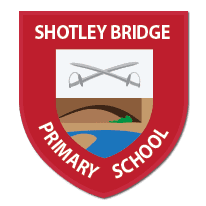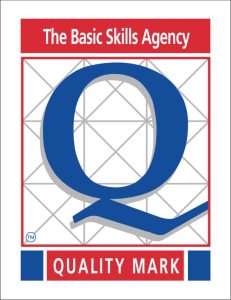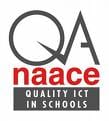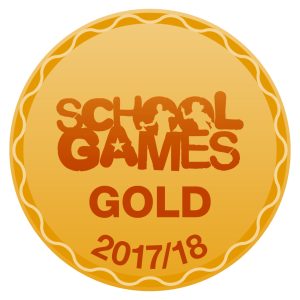Art & Design
At Shotley Bridge Primary School, we believe that through Art and Design, we can engage, inspire and challenge pupils by introducing them to a broad range of techniques, materials and artists, craftspeople and designers. We want to equip children with the knowledge and skills to enable them to experiment, explore, take risks, invent and create. We want to encourage children to be authentic and express their individual interests, thoughts and ideas whilst fostering a positive, life-long relationship with the subject and having fun. They should also know how art and design both reflect and shape our history, and contribute to the culture, creativity and wealth of our nation.
Our Art curriculum provides children with opportunities to:
- develop their ideas and skills using a range of media and materials;
- learn the skills of drawing, painting, collage, sculpture, print and photography;
- explore and evaluate different creative ideas using the language of art, craft and design;
- know about great artists, craft makers and designers;
- evaluate and analyse creative works
It is paramount that art work be purposeful; be this as a means of expression or to explore the styles of other artists that inspire our own work. Pupils should be clear what the intended outcomes are and have a means to measure their own work against this. In Art, children are expected to be reflective and evaluate their work, thinking about how they can make changes and keep improving and developing their ideas. This should be meaningful and continuous throughout the process, with evidence of age-related verbal and written refection.







